One of the entertainments that every election season brings revolves around polling. Every season seems to bring more and more and more frequent polls. The measure registered voters and (for all I know) unregistered ones. They register people who are designated “likely voters” and they claim to filter for gender(s), age, race, ethnic back, party affiliation or non-affiliation, ZIP code, income, and favorite pastimes, and what seems like a thousand other things.
Like everyone else who is interested in politics, I pay fretful attention to the results of these surveys and questionnaires beginning about a year out from the election itself. As the months go by, my attention becomes keener and ever more fretful until, right about now, in late September, it becomes what some uncharitable observers might describe as obsessive.
The curious thing about this phenomenon — both the increasingly keen attention of people like me and the wild proliferation of the polls themselves — is that, until very close to the election, most of them are more aspirational than accurate. I not so secretly believe that most polls measure the sentiments of the pollsters more than the population being polled.
For one thing, there is always the issue of what the people who are conducting (or, to be entirely frank, the people who are paying for) the poll want the poll to say. This was brilliantly dramatized by a segment of the late, great British television series Yes, Prime Minister.
Are you in favor of National Service? That was the question. Hacker, the prime minister is in favor and he has a poll in hand to show that the public supports it, too. Humphrey, Hacker’s wily permanent secretary, is aghast because he knows that the military is adamantly against conscription. So what, he asks, if a poll says the public favors conscription? Conduct another poll to show the opposite. His clever demonstration of how a pollster can affect the outcome of his survey is a classic. Some people describe it as satire. In fact, it is a species of documentary served up in a jocular manner. The bottom line? You can get any poll results you want by framing the questions in a rhetorically compelling way.
So what keeps pollsters honest? For those are, there are two main incentives. One is the desire to know the truth. That is the minor motivation. The more important factor is the next election. If their results are erroneous, they are less likely to be trusted the next time around. Early on in the game, polls can be used like hockey sticks to push the puck of victory in a certain direction. As the election looms, reality, as distinct from rhetoric, takes on a greater and greater role.
All is this by way of prolegomenon to introducing my favorite new poll. It measures public reaction to a variety of contemporary issues by employing an important but hitherto neglected variable: weirdness. For example, putting tampons in boys’ bathrooms: is that weird or normal? Seventy-three percent of respondents say that it is weird. Avoid the 19 percent who say that it is normal.
How about “Setting up a hotline to report on neighbors’ Covid restriction violations?” Sixty-eight percent of those surveyed said it was weird. “Providing government payments to illegal immigrants” clock in at 67 percent weird, while 65 percents said that “Allowing the government to censor social media posts” was weird. On the other end of the spectrum, 71 percent of respondents think that it is normal to homeschool your children 64 percent think it is normal, not weird, to deport most illegal aliens.
I thought at first that polling according to the Weirdness Scale was satire. But that company under whose banner the polls appear, the Napolitan News Service, is real and the brainchild of conservative pollster Scott Rasmussen. In these powerfully weird times, I suspect the public will be grateful for the intelligence.



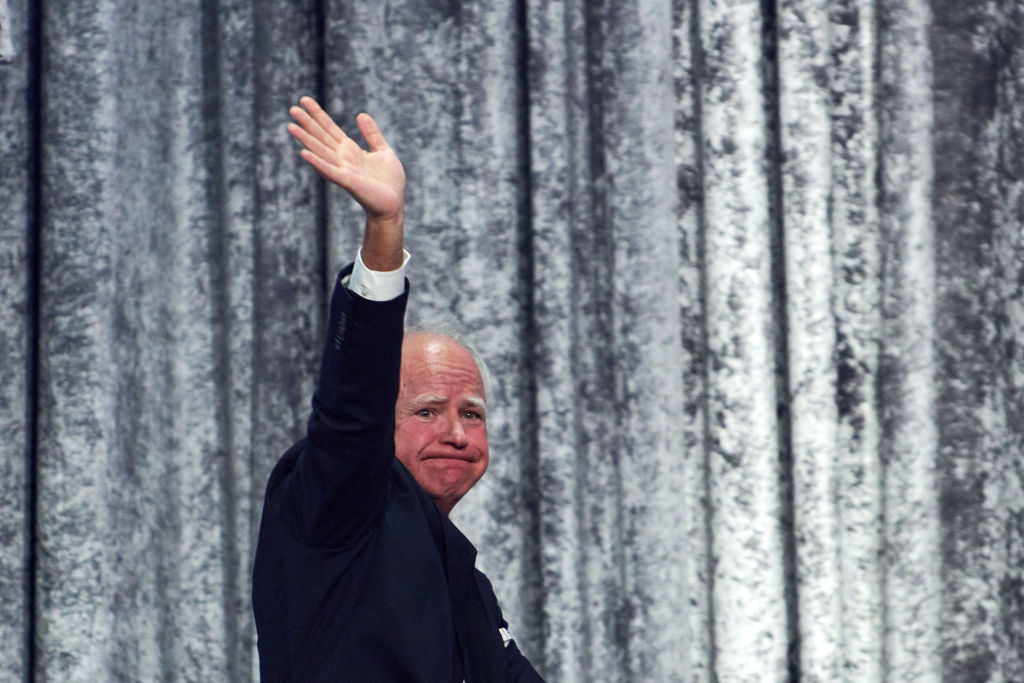






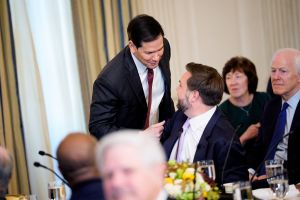

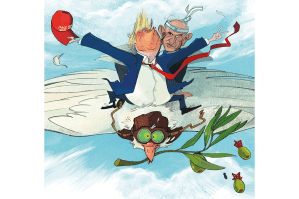

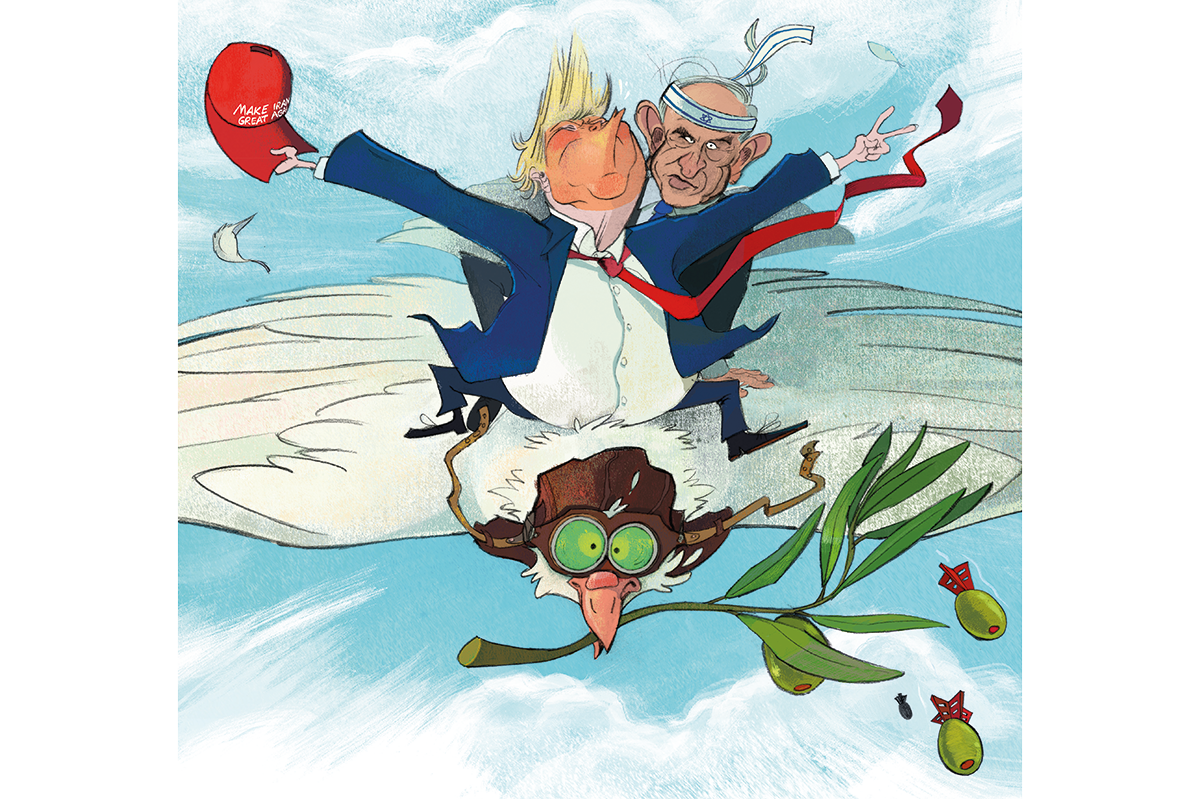

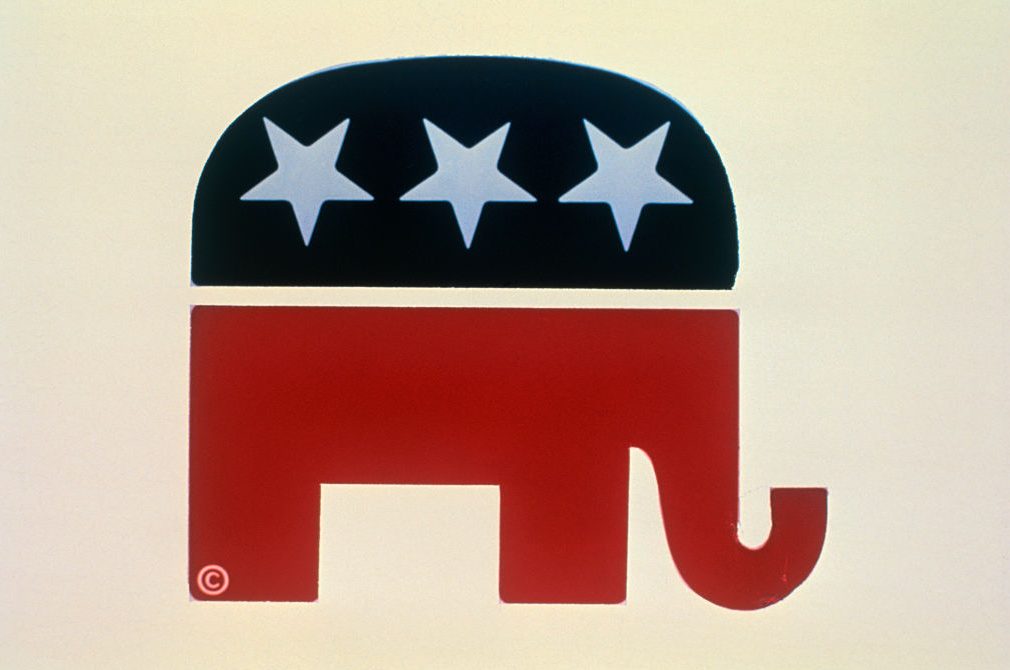
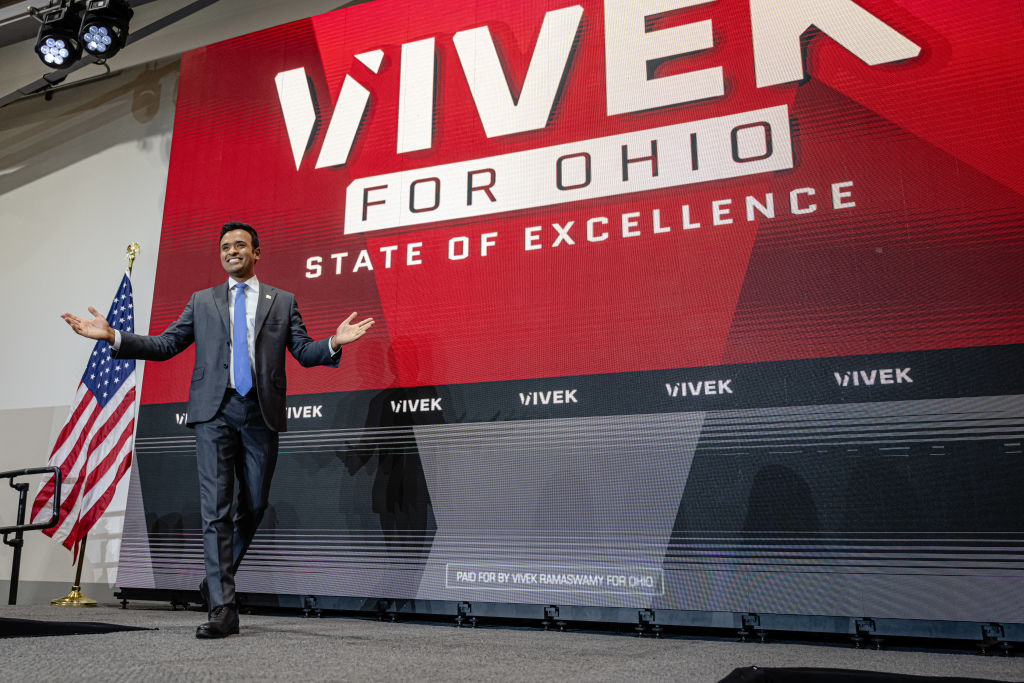
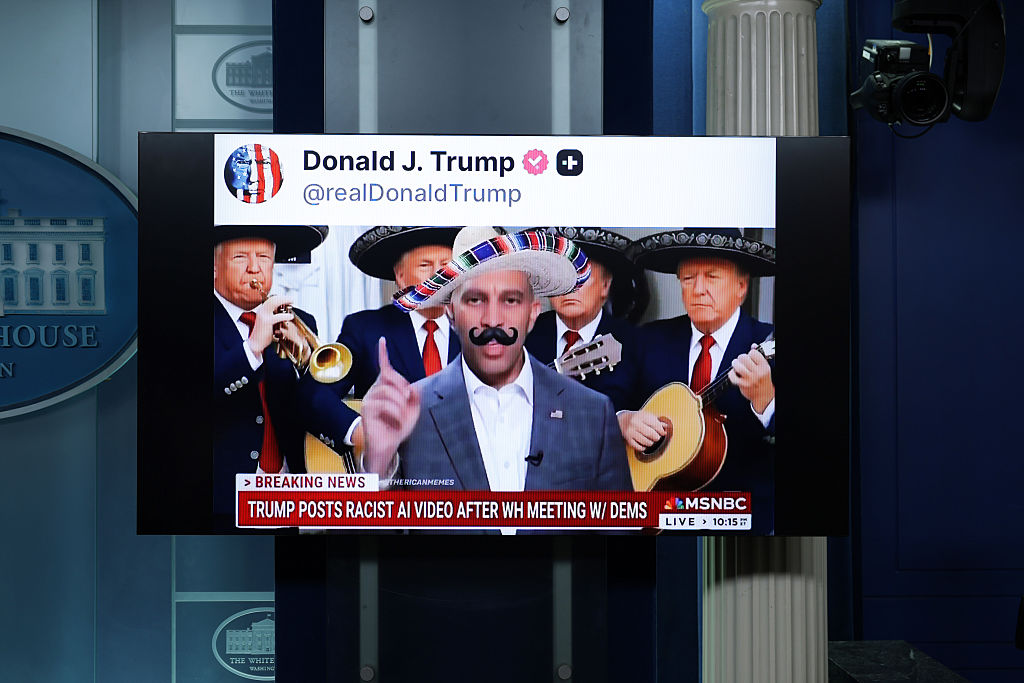







Leave a Reply